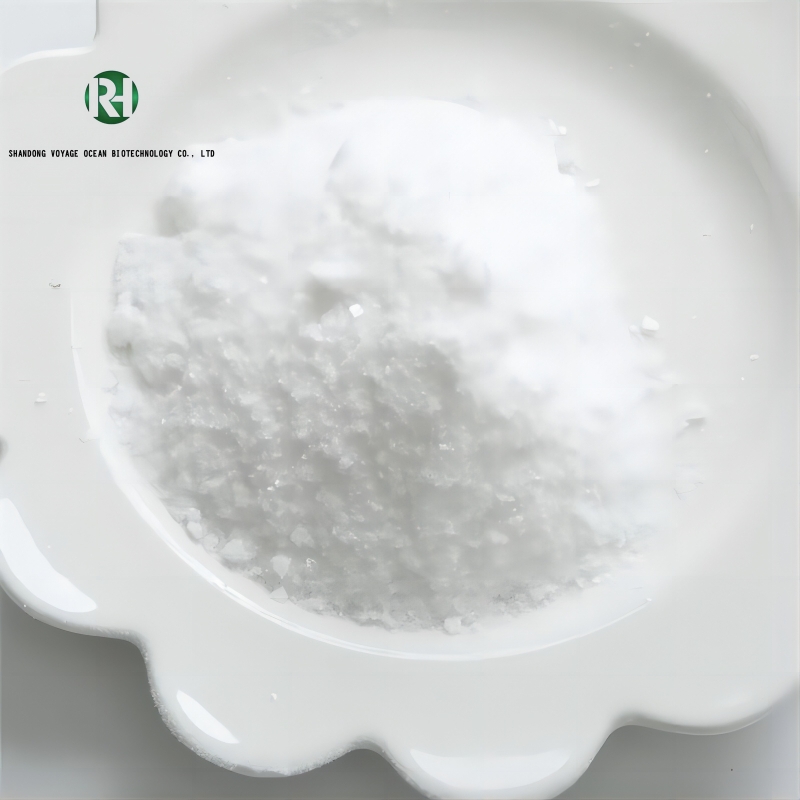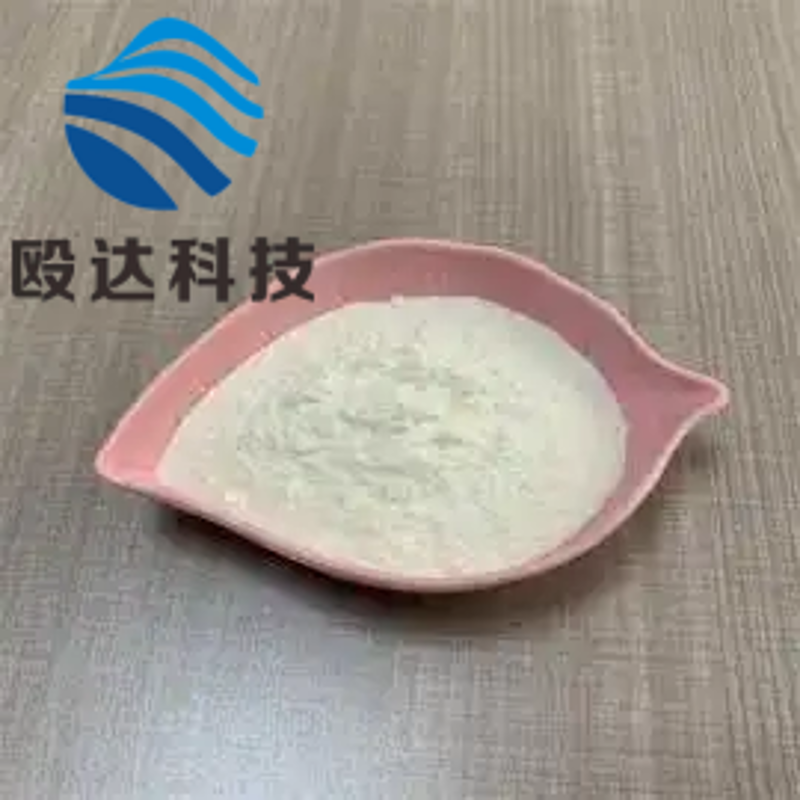-
Categories
-
Pharmaceutical Intermediates
-
Active Pharmaceutical Ingredients
-
Food Additives
- Industrial Coatings
- Agrochemicals
- Dyes and Pigments
- Surfactant
- Flavors and Fragrances
- Chemical Reagents
- Catalyst and Auxiliary
- Natural Products
- Inorganic Chemistry
-
Organic Chemistry
-
Biochemical Engineering
- Analytical Chemistry
- Cosmetic Ingredient
-
Pharmaceutical Intermediates
Promotion
ECHEMI Mall
Wholesale
Weekly Price
Exhibition
News
-
Trade Service
1H-Imidazole-4-carboxaldehyde,5-(1,1-dimethylethyl)-(9CI) is an organic compound that has numerous applications in the chemical industry.
This compound is widely used as a building block for the synthesis of various chemicals, pharmaceuticals, and agrochemicals.
In this article, we will discuss the different applications of 1H-Imidazole-4-carboxaldehyde,5-(1,1-dimethylethyl)-(9CI) in the chemical industry.
One of the most common applications of 1H-Imidazole-4-carboxaldehyde,5-(1,1-dimethylethyl)-(9CI) is in the production of agrochemicals.
This compound can be used as an intermediate in the synthesis of herbicides, pesticides, and fertilizers.
For example, it can be used to synthesize atrazine, a popular herbicide used to control weeds in crops.
Another application of 1H-Imidazole-4-carboxaldehyde,5-(1,1-dimethylethyl)-(9CI) is in the production of pharmaceuticals.
This compound can be used as a precursor for the synthesis of various drugs, including antibiotics, anti-inflammatory drugs, and anti-cancer drugs.
For example, it can be used to synthesize the antibiotic erythromycin and the anti-inflammatory drug celecoxib.
1H-Imidazole-4-carboxaldehyde,5-(1,1-dimethylethyl)-(9CI) can also be used in the production of dyes and pigments.
This compound can be used as an intermediate in the synthesis of various dyes and pigments, including red, blue, and yellow dyes.
For example, it can be used to synthesize the red dye Rhodamine 6G.
The compound can also be used in the production of plastics and polymers.
It can be used as a monomer to synthesize polyamides, which are widely used in the production of plastic films and fibers.
It can also be used to synthesize polyurethanes, which are used in the production of foam insulation, adhesives, and coatings.
1H-Imidazole-4-carboxaldehyde,5-(1,1-dimethylethyl)-(9CI) can also be used in the production of electronic materials.
It can be used as a precursor in the synthesis of various electronic materials, including conductive polymers, which are used in the production of electronic devices such as batteries and solar cells.
In conclusion, 1H-Imidazole-4-carboxaldehyde,5-(1,1-dimethylethyl)-(9CI) is a versatile compound with a wide range of applications in the chemical industry.
It can be used as a building block for the synthesis of various chemicals, pharmaceuticals, agrochemicals, dyes and pigments, plastics and polymers, and electronic materials.
Its ability to act as a precursor for the synthesis of various chemicals has made it a popular compound in the chemical industry.







